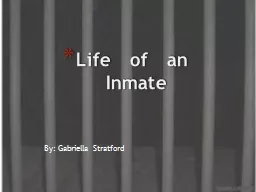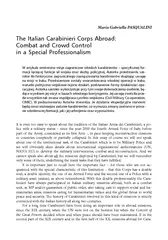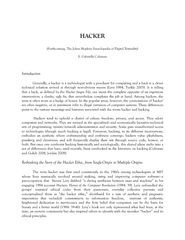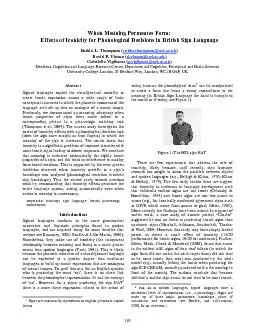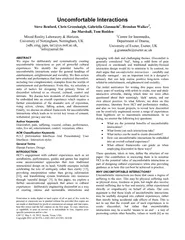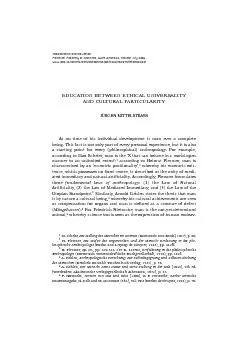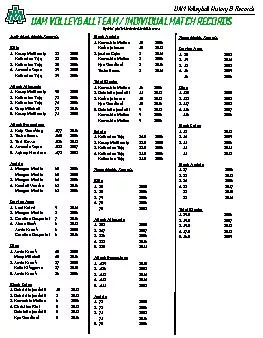PPT-By: Gabriella Stratford
Author : min-jolicoeur | Published Date : 2016-05-13
Life of an Inmate Who is an Inmate defined as a person deprived of liberty under involuntary restraint confinement or custody You do the crime you do the time
Presentation Embed Code
Download Presentation
Download Presentation The PPT/PDF document "By: Gabriella Stratford" is the property of its rightful owner. Permission is granted to download and print the materials on this website for personal, non-commercial use only, and to display it on your personal computer provided you do not modify the materials and that you retain all copyright notices contained in the materials. By downloading content from our website, you accept the terms of this agreement.
By: Gabriella Stratford: Transcript
Download Rules Of Document
"By: Gabriella Stratford"The content belongs to its owner. You may download and print it for personal use, without modification, and keep all copyright notices. By downloading, you agree to these terms.
Related Documents

